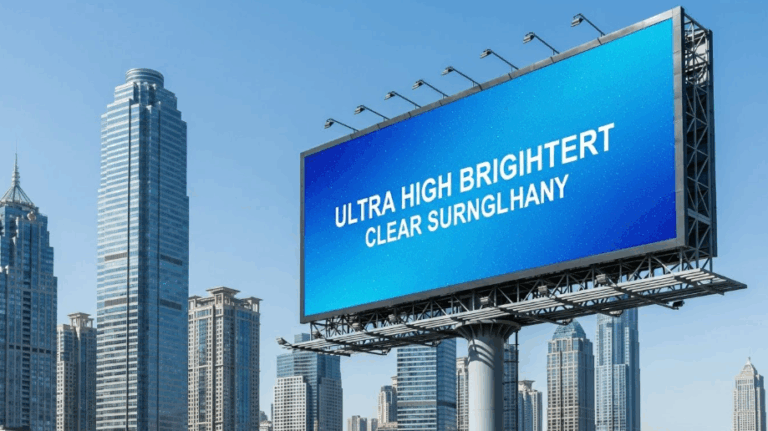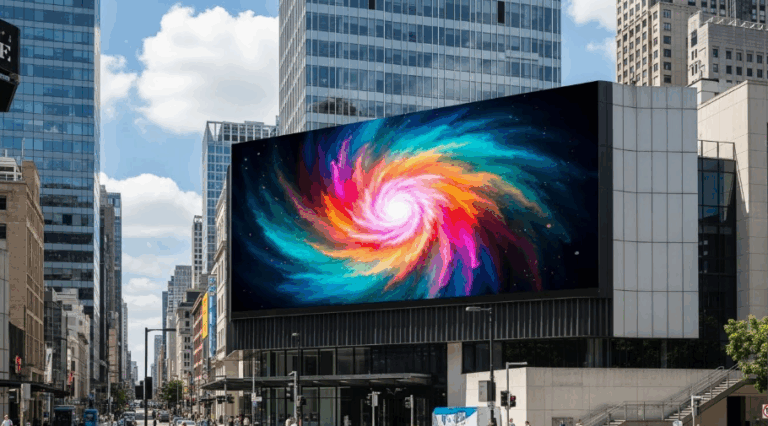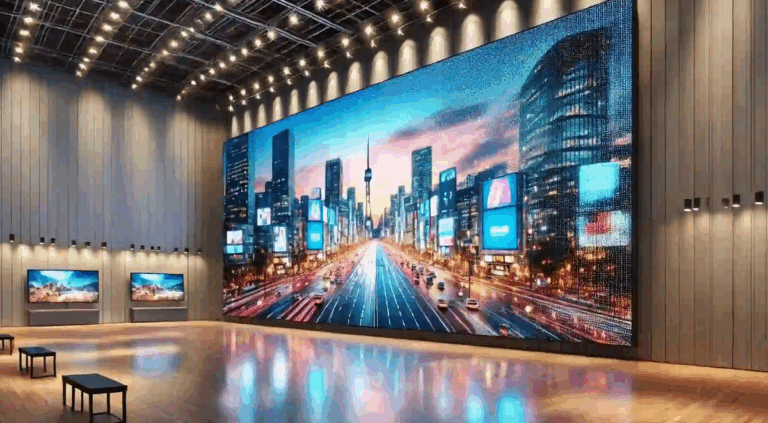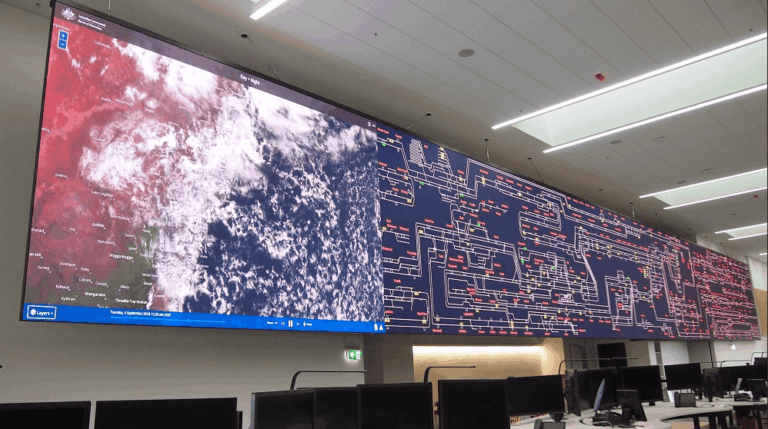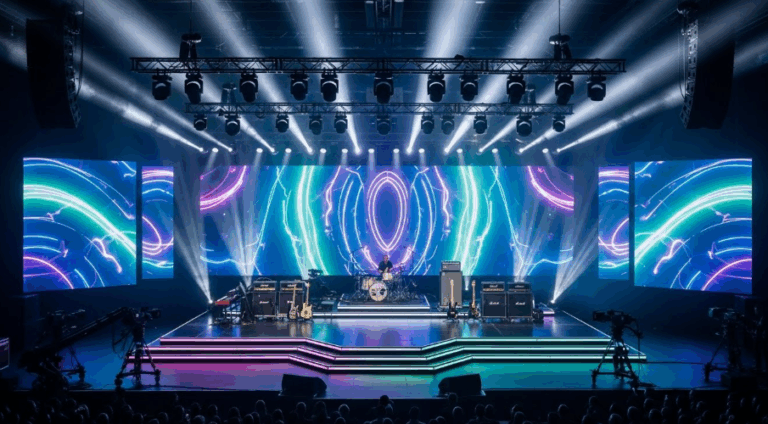Contents
-
Welcoming the XR LED Era
-
What Is XR (Extended Reality)?
-
The Trend of Integrating XR Technology with LED Displays
-
Technical Features of XR LED
-
Core System Components of XR LED
-
Application Fields of XR LED
-
Conclusion: The Future of XR LED
If you’ve watched Hollywood blockbusters or livestreamed virtual concerts, you’ve likely experienced the magic of XR LED—perhaps without even realizing it. This cutting-edge technology is redefining the boundaries of film production, virtual reality, and immersive experiences. Simply put, XR LED combines Extended Reality (XR) with LED display technology to create breathtaking visual environments that feel truly immersive. Today, let’s dive into what XR LED really is, and why it has become the core technology in virtual production.

1. Welcoming the XR LED Era
Have you noticed how sci-fi movie scenes look more and more realistic? Actors seem to exist in entirely different worlds, with the environment changing seamlessly along with the storyline. Behind the scenes, XR LED technology is playing an increasingly pivotal role. Like a magical portal, it breaks down the barriers between reality and virtuality, delivering an unprecedented immersive experience.
2. What Is XR (Extended Reality)?
Before we explore XR LED in detail, let’s first understand its umbrella concept—XR, or Extended Reality. XR is a general term that encompasses all technologies blending the real and virtual worlds. This includes:

-
Virtual Reality (VR): With a VR headset, you’re fully immersed in a computer-generated world, as if you’ve been transported to another dimension.
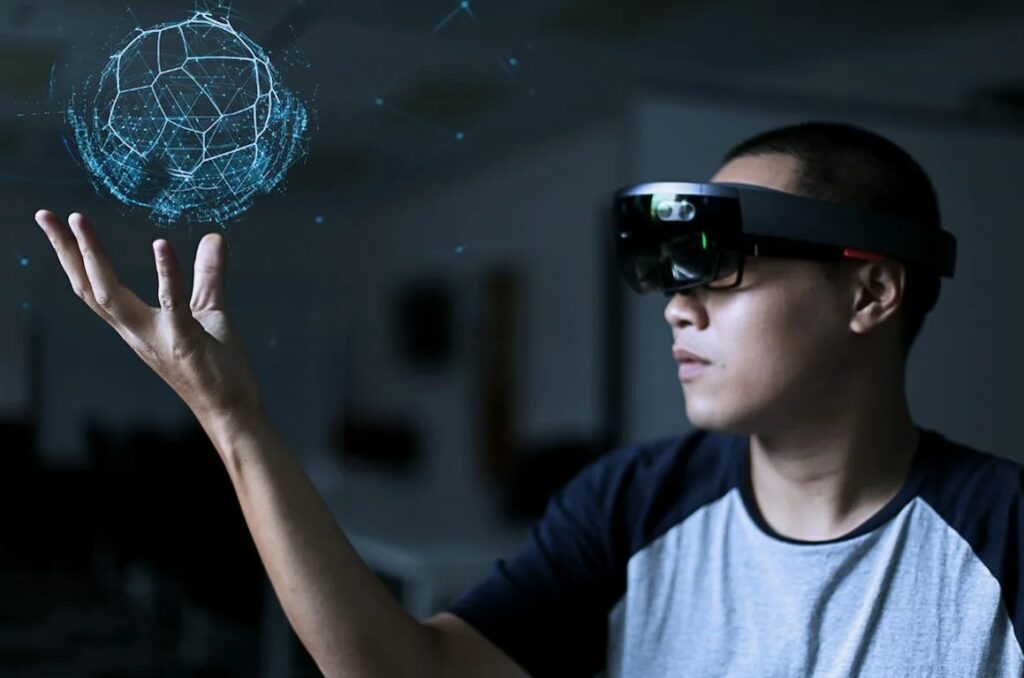
-
Augmented Reality (AR): AR overlays virtual elements onto the real world. For instance, when you play Pokémon GO, the creatures seem to appear in your real environment.

-
Mixed Reality (MR): MR goes a step further. It not only overlays virtual objects in the real world but also enables interactions between the virtual and physical elements—like placing a digital piece of furniture in your living room and walking around it to view from all angles.
3. The Trend of Integrating XR Technology with LED Displays
Traditionally, film production relied heavily on green screen (chroma keying) technology to insert actors into virtual scenes during post-production. However, this method has limitations—unnatural lighting reflections, complex post-processing, and limited real-time interaction.
The rise of XR LED has revolutionized this process.
With LED displays serving as a dynamic “canvas,” high-resolution virtual scenes can be shown in real-time. Actors and cameras interact directly with the digital backdrop, drastically reducing the need for post-editing. According to Display Daily, the adoption rate of XR LED walls in Hollywood has tripled over the past five years, with giants like Disney and Netflix embracing it for major productions.
Why are LED displays in such high demand? The answer lies in their technological superiority and perfect compatibility with XR. They offer ultra-high-definition visuals, real-time sync with cameras and lighting, and a seamless immersive experience.
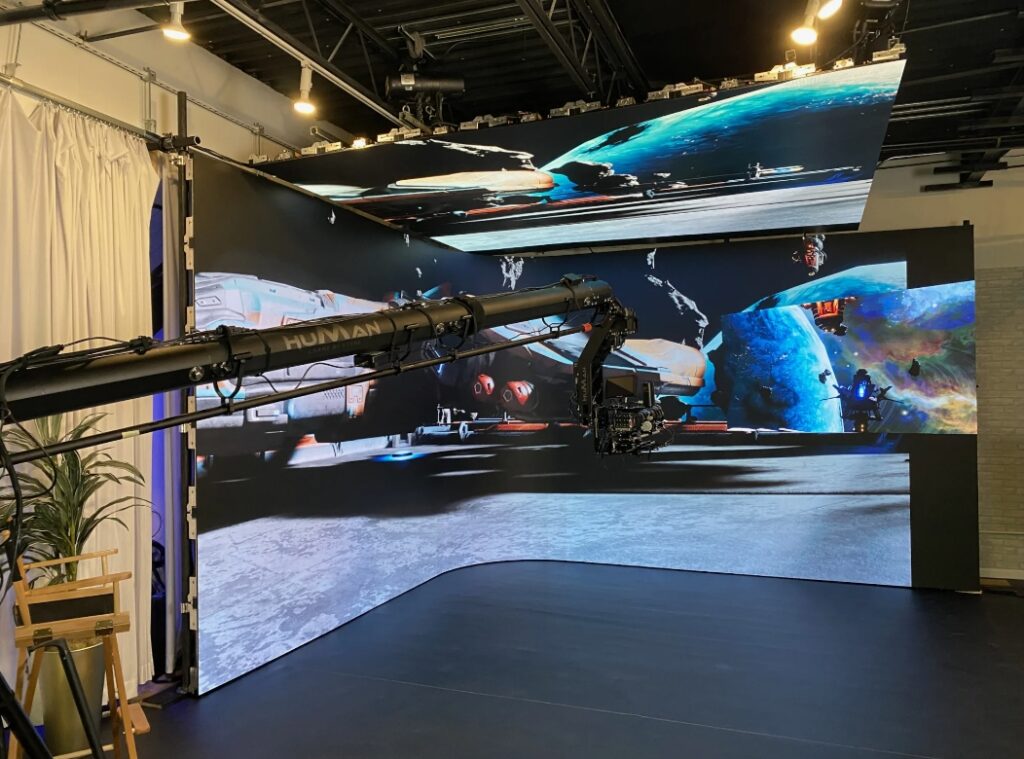
4. Technical Features of XR LED
The rapid success of XR LED in virtual production stems from several distinct technological advantages:
-
High Refresh Rates and Low Latency: Imagine if the screen lags behind the camera or actor’s movements—it would create screen tearing or delays, breaking immersion. XR LED displays typically offer refresh rates well above 60Hz, ensuring smooth visuals. Combined with low-latency control systems, virtual environments respond in real-time, enhancing realism.
-
High Brightness and Contrast: Premium LED displays deliver sufficient brightness even under strong studio lighting. High contrast enhances detail and color richness, making virtual scenes vivid and helping cameras capture subtle visual elements.
-
Camera Tracking Technology: This is one of the cornerstones of XR LED virtual production. Tracking devices on the camera monitor its position, angle, and movement. These data are fed to a rendering engine, which adjusts the virtual background accordingly—creating realistic parallax and spatial effects.
Case in point: The Mandalorian used XR LED extensively. When the protagonist is in the spaceship cockpit, the starlit sky and space environment outside the window shift in real-time with camera movements—thanks to precise camera tracking.
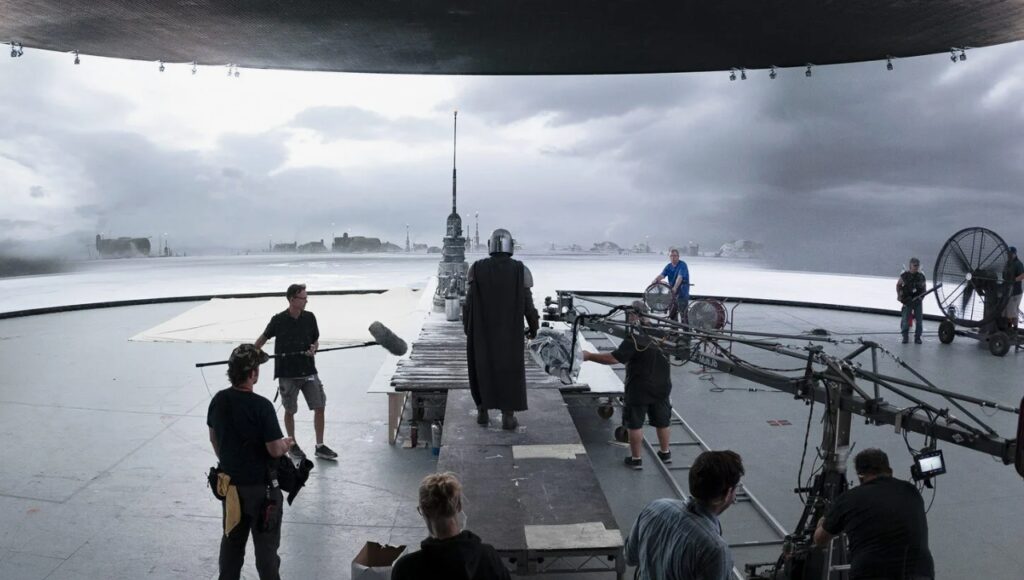
-
Wide Color Gamut and HDR Support: XR LED displays often support a wide color gamut for more nuanced and richer colors. High Dynamic Range (HDR) reveals more details in both bright and dark areas, making virtual lighting and shadows look natural—crucial for film-quality visuals. Let you understand the three major differences between HDR and SDR of LED displays.
5. Core System Components of XR LED
XR LED is not a single device but a systematic integration of various technologies. Its main components include:
-
a. LED Main Wall:
The primary display for virtual environments. Typically uses high-resolution, narrow pixel pitch (P1.5–P2.6) LED screens. Provide you with LED background wall: functions, applications and purchasing guides. -
b. LED Floor Panels:
Extends visuals to the ground—ideal for action scenes and wide-angle shots. These panels must be durable and interactive. -
c. Camera Tracking System + Real-Time Rendering Engine:
Real-time engines like Unreal Engine 5, combined with tracking systems like OptiTrack or Mo-Sys, adjust the virtual background based on camera movements to maintain perspective realism. -
d. Lighting and Lens Synchronization System:
For enhanced realism, synced lighting systems (e.g., DMX control) and lens encoders ensure virtual and real lighting environments blend seamlessly.
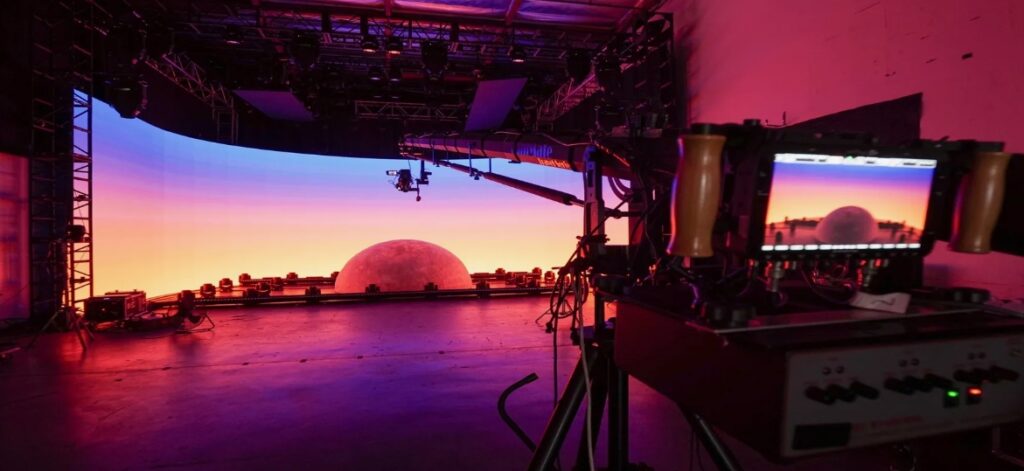
6. Application Fields of XR LED
The application of XR LED is expanding rapidly. Key areas include:
-
a. Virtual Reality (VR) and Augmented Reality (AR):
XR LED allows audiences to experience immersive virtual content in real-world settings—ideal for expos, museums, and branded showcases.

-
b. Film Production and Virtual Studios:
Replacing traditional green screens, XR LED displays backgrounds in real time—boosting shooting efficiency and reducing post-production. Companies like Netflix, HBO, and China’s Tencent Pictures are already adopting this technology. -
c. Gaming and Immersive Experiences:
With VR devices or interactive systems, XR LED powers dynamic environments for esports arenas, immersive theaters, and theme parks.
7. Conclusion: The Future of XR LED
XR LED is tearing down the wall between the virtual and real worlds. It not only streamlines film production but also opens new doors for gaming, entertainment, and education. Its high refresh rate, brightness, and real-time sync capabilities allow creators to construct any scene they can imagine.
As LED display costs drop and rendering engines improve, XR LED is poised to become more accessible.
In the near future, we may see it featured in virtual concerts, immersive classrooms, and even home XR entertainment systems. Are you ready for this visual revolution?

